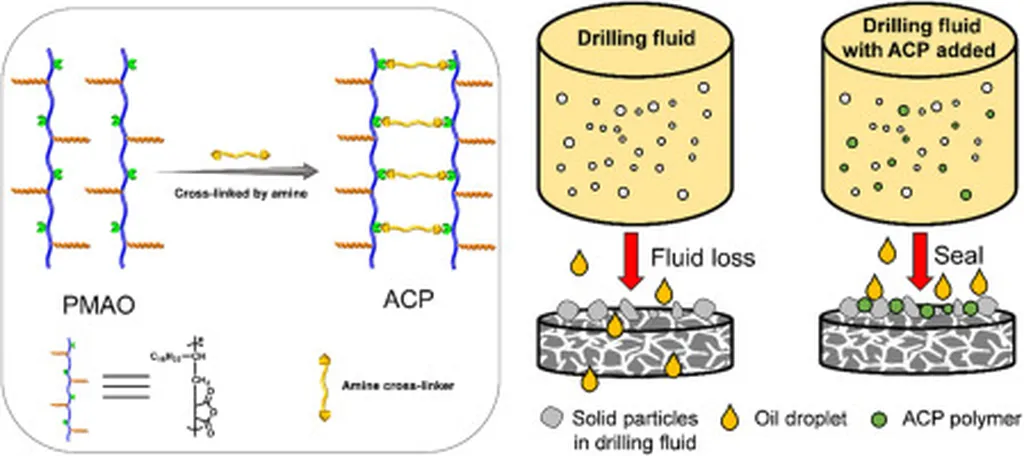In the ever-evolving world of drilling technologies, a recent study published in *Известия Томского политехнического университета: Инжиниринг георесурсов* (Proceedings of the Tomsk Polytechnic University: Engineering of Georesources) is making waves. The research, led by Anatoly I. Lambin, delves into the rheological properties of drilling fluid thickeners based on biopolymers, offering insights that could significantly impact the energy sector.
Drilling fluids, or muds, are crucial in the oil and gas industry for lubricating drilling tools, carrying rock cuttings to the surface, and maintaining pressure in the wellbore. The efficiency of these fluids is largely dependent on their rheological properties—how they flow and deform under stress. Lambin’s research focuses on the use of biopolymers, specifically xanthan gum, to enhance these properties.
The study employs the Carreau–Yasuda model, a sophisticated rheological model that provides a more accurate approximation of the viscosity profiles of these biopolymer-based thickeners. “The Carreau–Yasuda model gives us a more comprehensive understanding of the fluid’s behavior,” Lambin explains. “This is crucial for optimizing drilling fluid performance, which can lead to more efficient and cost-effective drilling operations.”
One of the key findings of the research is the development of a method for calculating the consistency and nonlinearity indices for approximating the measured viscosity values of pseudoplastic fluids. This method is particularly useful when the ratio of rotational viscometer readings is less than 1.5. “This method allows us to better predict how the drilling fluid will behave under different conditions,” Lambin notes. “This can help in designing more effective drilling fluids that can handle the challenges of various drilling environments.”
The research also highlights the importance of the consistency index in assessing the removal capacity of a thickener solution. By modifying the solution with potassium and sodium chlorides, the study demonstrates how this parameter can be used to enhance the fluid’s ability to carry rock cuttings to the surface.
The implications of this research for the energy sector are significant. More efficient drilling fluids can lead to faster drilling times, reduced costs, and improved safety. As the industry continues to push into more challenging environments, the need for advanced drilling fluids that can handle these conditions becomes ever more critical.
Lambin’s work represents a significant step forward in this field. By providing a more accurate model for understanding the rheological properties of biopolymer-based thickeners, the research opens up new possibilities for optimizing drilling fluid performance. As the energy sector continues to evolve, such advancements will be crucial in meeting the demands of the future.
In the words of Lambin, “This research is not just about improving drilling fluids; it’s about driving innovation in the energy sector. By understanding the fundamental properties of these fluids, we can develop solutions that are more efficient, more effective, and more sustainable.”

